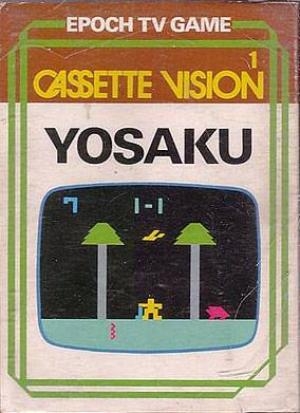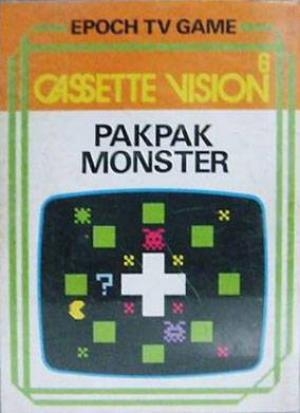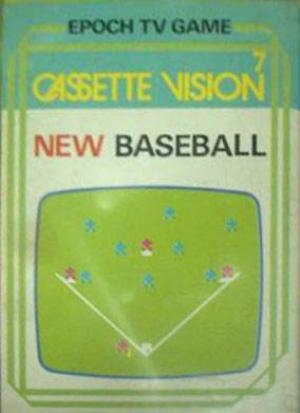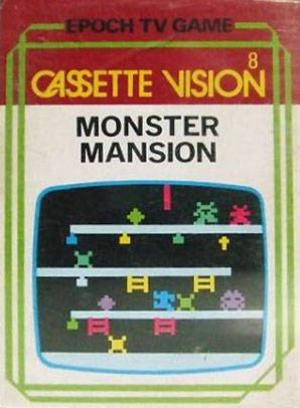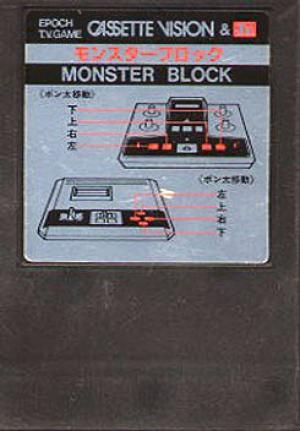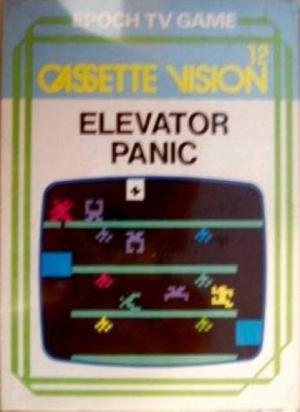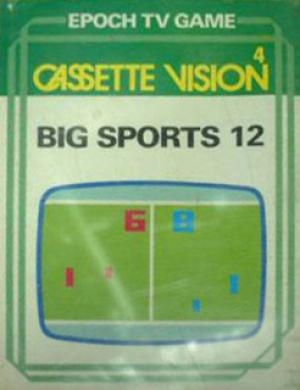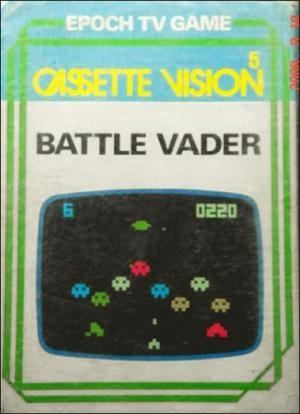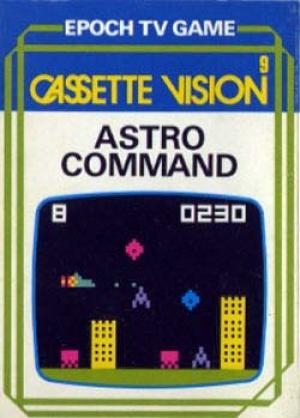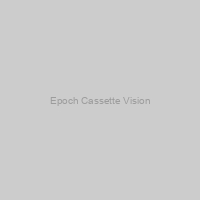
Epoch Cassette Vision
Epoch Cassette Vision Specifications
| Manufacturer: | Epoch Co. |
| Developer: | Epoch Co. |
| CPU: | NEC uPD77xx |
| Memory: | 128 Bytes |
| Graphics: | µPD778 |
| Sound: | Beeper |
| Medium: | ROM cartridge |
| Display: | 54 x 62, 8 colors |
The Cassette Vision (Japanese: カセットビジョン) is a home video game console made by Epoch Co. and released in Japan on July 30, 1981. A redesigned model called the Cassette Vision Jr. was released afterwards.
The term cassette is a contemporary Japanese synonym for ROM cartridge, not to be confused with the magnetic cassette tape format. In terms of power, it is comparable to the Atari 2600. The Cassette Vision has unusual controls: four knobs built into the console itself, two for each player (one for horizontal, one for vertical); plus two buttons per player.
The system originally retailed for ¥13,500, with games priced at ¥4,000. The Cassette Vision sold around 400,000 units, and was the best selling video game console in Japan before Nintendo's Family Computer. It received a successor called the Super Cassette Vision. As a 1984 machine, the Super Cassette Vision was more comparable to the likes of the Famicom and Sega's SG-1000 line. The SCV was also sold in Europe, but with little known success. The Super Lady Cassette Vision, a version of the Super Cassette Vision that was aimed at a female market, was released exclusively in Japan. While the specs were exactly the same, the plastic was pink in color and included a carrying case and the "Milky Princess" game.
The ECV was one of the first cartridge-based systems to be released in Japan, and it competed with other early consoles such as the Nintendo Game & Watch and the Microvision.
The ECV featured a relatively powerful CPU for its time, which allowed it to display high-resolution graphics and support a variety of game genres, including sports, racing, puzzle, action, and shooting games. It also had a built-in speaker that could produce simple sound effects and music.
The ECV's cartridges were similar in size and shape to audio cassettes, hence the console's name. The system had a limited library of games, however, and it failed to gain traction in the market due to competition from other more popular consoles such as the Atari 2600 and the Nintendo Famicom.
Despite its lack of success, the ECV holds a special place in the history of video game consoles as one of the first cartridge-based systems to be released in Japan.
